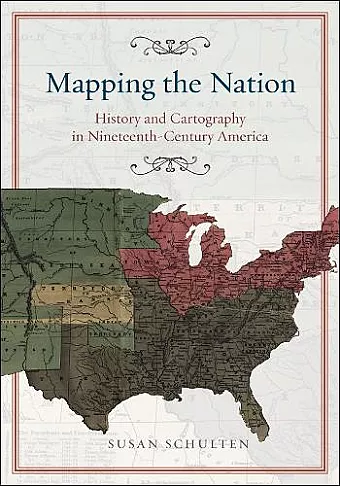Mapping the Nation
History and Cartography in Nineteenth-Century America
Format:Hardback
Publisher:The University of Chicago Press
Published:13th Jul '12
Currently unavailable, and unfortunately no date known when it will be back

In the nineteenth century, Americans began to use maps in radically new ways. For the first time, medical men mapped diseases to understand and prevent epidemics, natural scientists mapped climate and rainfall to uncover weather patterns, educators mapped the past to foster national loyalty among students, and Northerners mapped slavery to assess the power of the South. After the Civil War, federal agencies embraced statistical and thematic mapping in order to profile the ethnic, racial, economic, moral, and physical attributes of a reunified nation. By the end of the century, Congress had authorized a national archive of maps, an explicit recognition that old maps were not relics to be discarded but unique records of the nation's past. All of these experiments involved the realization that maps were not just illustrations of data, but visual tools that were uniquely equipped to convey complex ideas and information. In "Mapping the Nation", Susan Schulten charts how maps of epidemic disease, slavery, census statistics, the environment, and the past demonstrated the analytical potential of cartography, and in the process transformed the very meaning of a map. Today, statistical and thematic maps are so ubiquitous that we take for granted that data will be arranged cartographically. Whether for urban planning, public health, marketing, or political strategy, maps have become everyday tools of social organization, governance, and economics. The world we inhabit-saturated with maps and graphic information-grew out of this sea change in spatial thought and representation in the nineteenth century, when Americans learned to see themselves and their nation in new dimensions.
"In a work of deep scholarship and insight, Susan Schulten traces the origins of a now-ubiquitous presence in American life: maps with a story to tell. Schulten uncovers not only a fascinating panorama of maps but also a colorful array of characters who taught America to see itself in new ways. Read this book and maps will never look the same." -Edward L. Ayers, University of Richmond"
ISBN: 9780226740683
Dimensions: 26mm x 19mm x 2mm
Weight: 737g
272 pages